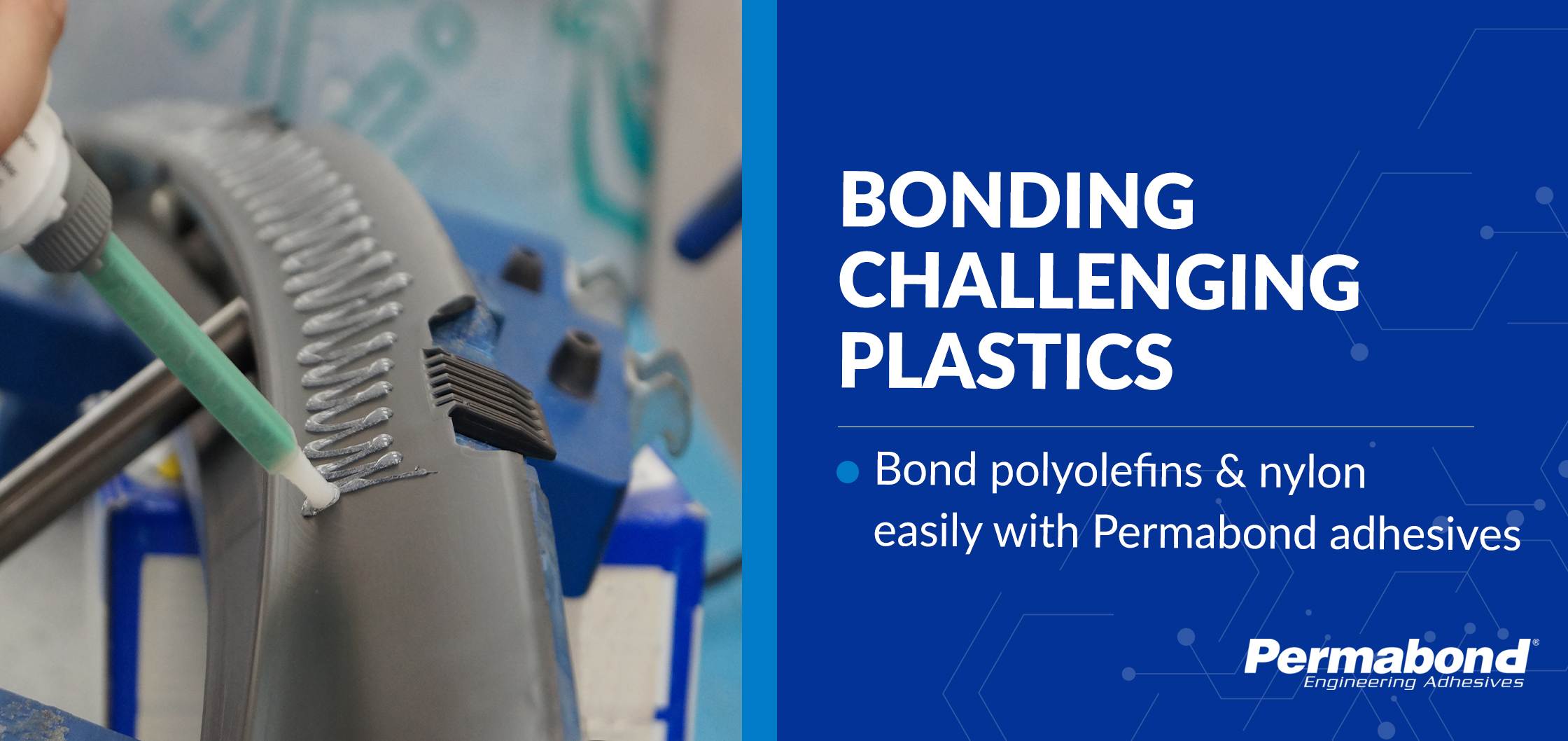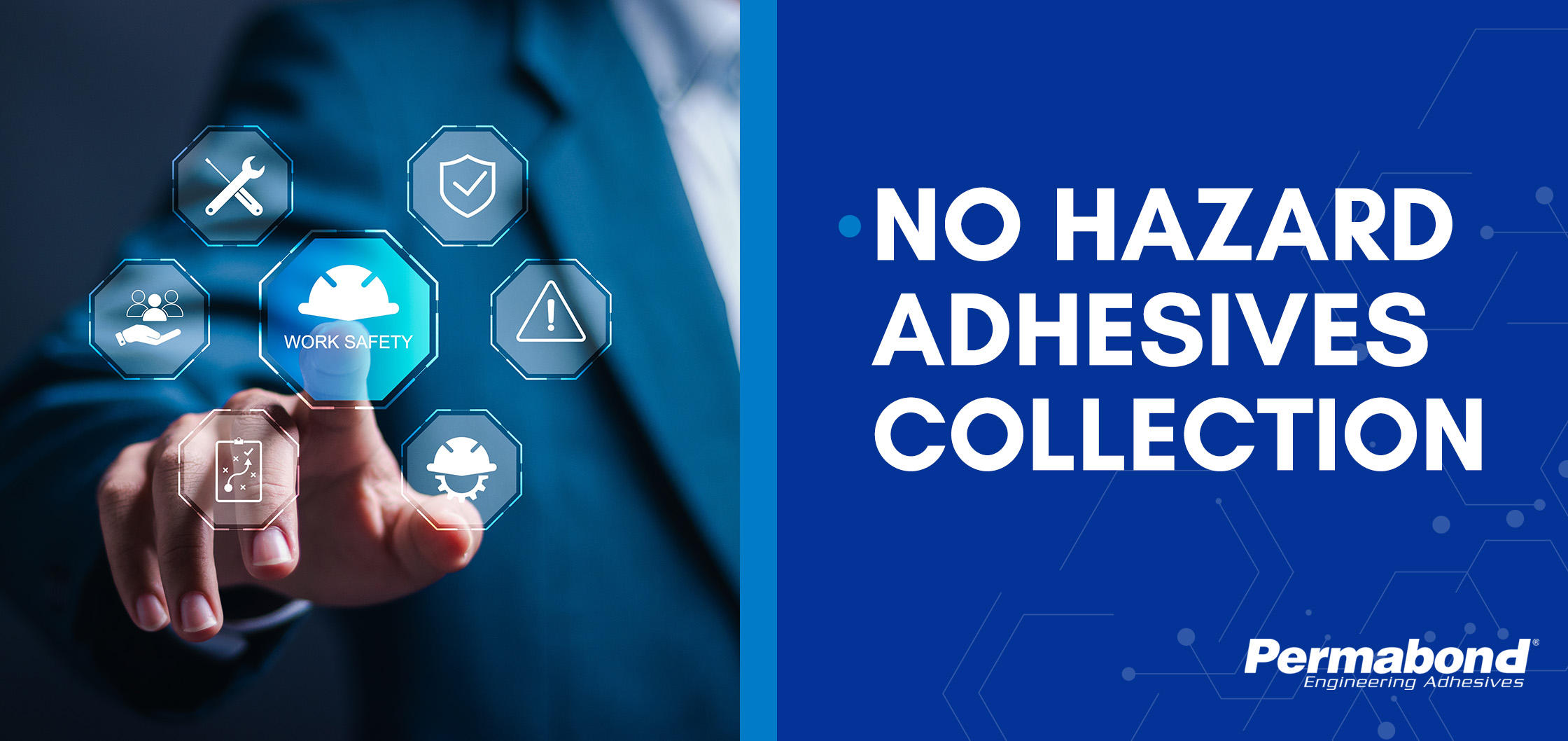
What is stress cracking?
And how does stress cracking occur? – When force is applied to plastic, it travels along the polymer chains causing molecules to strain to remain in contact. The polymer chains eventually creep toward the pull and deform. This stage is called creep. With force and time, crazing or stress cracking occurs. Adding chemicals or temperature can speed up the process.
Factors affecting plastic stress
- Time
- Temperature
- Plastic type
- Adhesive type
- Load type
- Other chemicals present – (e.g., cleaners and plasticizers)
Some plastics, such as ABS, acrylic, polycarbonate, and polystyrene, are more susceptible to stress cracking. These are amorphous plastics, and they bond readily. Other plastics, such as polyethylene, polypropylene, and polytetrafluoroethylene (Teflon) are semi-crystalline thermoplastics and are more difficult to bond.
I expect most of you will agree with me that there is little point in creating a super strong bond to plastic if that bond causes the plastic to break.
The flip side is if you use a difficult-to-bond plastic – we need to ensure that the bond doesn’t break.
Adhesive types and methods to protect plastic
UV Curable
Bonding amorphous plastics
(again, examples include ABS, Acrylic, Polycarbonate, and Polystyrene).
There are many UV curable adhesives which bond amorphous plastics readily. Some are designed for adhesion to specific plastics. The keys to reducing the effects of stress cracking when bonding with UV’s include:
- Avoid overly harsh cleaning of plastic – solvents such as acetone are too aggressive and will open the plastics to stress cracking.
- Limit dwell time – dwell time is the time the adhesive remains uncured on the plastic -so cure the adhesive as soon as possible after dispensing.
- When possible, opt for compression stresses over shear stresses
- Do not induce hoop stresses. Overly inserting a tapered fitting creates additional stress. Let the adhesive bond the substrates without creating an interference or press fit.
Cyanoacrylate
Cyanoacrylates are also a good choice for bonding amorphous plastics. To avoid stress cracking with cyanoacrylates:
- Avoid overly harsh cleaning of plastic – solvents such as acetone are too aggressive and leave plastics vulnerable to stress cracking.
- Use the least amount of adhesive required to cover the bond area. Minimal gap and minimal adhesive reduce the cure time – thus reducing the dwell time.
- Use a Quick Filler Setter if excess adhesive is present to cure it quickly.
- When possible, opt for compression stresses over shear stresses
- Do not induce hoop stresses. Overly inserting a tapered fitting creates additional stress. Let the adhesive bond the substrates without creating an interference or press fit.
For both UV and Cyanoacrylate bonds, check for other stress-inducing chemicals. What does that mean? Some chemicals can travel (leach) from one substrate to another. The adhesive is not always a barrier to that leaching. When bonding PVC to polystyrene, the plasticizers in the PVC can leach straight through the adhesive and attack the polystyrene. Add heat, and it will attack even faster!
Similarly, for both bonding methods, reduce stress, either by creative joint design or by distributing the stress over a larger bond area. Many UV adhesives are flexible, allowing more stress absorption than cyanoacrylate.
Bonding semi-crystalline plastics
Since semi-crystalline plastics are less apt to stress crack, the issue is more often achieving high enough bond strength rather than reducing stress cracking.
UV Curable
Although some UV curable adhesives will provide some bond strength, consider using a mechanical lock in addition to the bond should you require a durable bond.
Cyanoacrylate
Cyanoacrylates alone will generally not provide sufficient strength. However, when used in conjunction with a primer such as Permabond POP (polyolefin primer), excellent bond strength can be achieved. Although these plastics are less prone to stress cracking, care should still be taken to ensure:
- The adhesive is not applied in excess
- Excess or exposed adhesive is cured with a Quick Filler Setter (such as Permabond QFS16)
- The gap does not exceed the recommended gap for that product (check the TDS for maximum gap fill)
Glass or other reinforcing materials are often added to plastics. Although many adhesives bond glass, this glass is surrounded by plastic – so best bond strengths are generally achieved when using a plastic bonding adhesive as opposed to a glass bonding adhesive.
Structural Acrylics
New structural acrylics are surpassing the durability of the bond strength of cyanoacrylates on many semi-crystalline plastics. Benefits they provide over cyanoacrylates include:
- Longer pot life – to allow dispensing over a large area or to provide adequate time to align components
- More resistance to some chemicals
- Less brittleness
- More impact resistance
Please tell us about your application, and we’ll have a technical specialist provide insight on reducing or eliminating stress cracking in your application.
Categories
Let’s Discuss Your Project.
"*" indicates required fields
Products
Technical Support

Permabond will help you select the right adhesive for your application.





